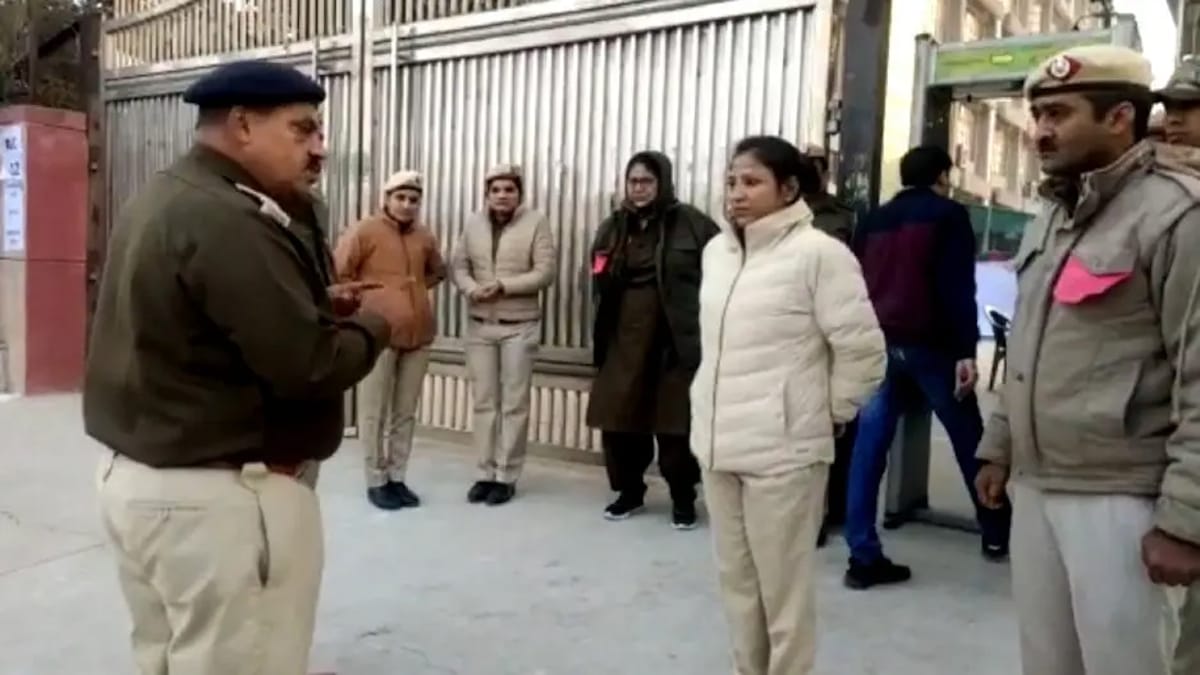On December 4, the Municipal Corporation of Delhi (MCD) held a crucial election that determined the electoral future of 1,349 candidates in 250 of its wards. 50.48% of eligible voters participated in the elections.
Tight security was in place as voting began at 8 am, according to officials.
On Tuesday, local authorities declared that they were prepared for the counting, having set up 42 centres.
The outcome of this election, which was primarily seen as a three-cornered struggle between the determined AAP, the assured BJP, and the optimistic Congress, could have effects beyond of the national capital.
As the Congress looks to reclaim lost ground, the AAP and the BJP have both professed confidence that they will win the elections.
However, the majority of exit polls have indicated that the AAP will easily defeat the BJP, with the Congress coming in a distant second.
The BJP and the Congress both nominated 136 and 129 women candidates, compared to the AAP’s 138.
According to the AAP, its efforts in the Delhi state government will be rewarded, and voters will want to support it going forward. However, the BJP is running a campaign in an effort to keep control of the MCD and has enlisted the support of several well-known figures.
Shastri Park, Yamuna Vihar, Mayur Vihar, Nand Nagari, Dwarka, Okhla, Mangolpuri, Pitampura, Alipur, and Model Town are some of the locations of the counting centres.
According to police officials, all of the centres have strict security measures in place, including the deployment of more than 10,000 police officers and 20 companies of the Central Armed Police Forces for the day.
181 of the 270 wards in the 2017 civic election were won by the BJP. Due to the passing of the candidates, voting could not be conducted for two seats. The Congress only won 27 wards, while the AAP won 48. That year, about 53 percent of people cast ballots.
Ward 5 (Bakhtawarpur) had the greatest voting percentage this year (65.72), while ward 145 had the lowest voting percentage (33.74%). (Andrews Ganj).
Civil Lines (44.86%), Chandni Chowk (44.48%), Karol Bagh (44.72%), Najafgarh (51.97%), Rajinder Nagar (44.26%), Malaviya Nagar (44.89%), Greater Kailash (38.99%), and Laxmi Nagar (49.02%) were some of the other wards with similar statistics.
In the critical civic elections, 51.03% of the male electorate exercised their right to vote, compared to 49.83% of the female electorate, according to data released by the State Election Commission on Monday.
The overall number of voters in Delhi is 1,45,05,358 – made up of 78,93,418 men, 66,10,879 women, and 1 061 transgender people, according to information provided by SEC authorities.
13,638 voting places have been put up by the authorities around Delhi for the election.
According to a statement released by the election panel on Sunday night, there were no unpleasant incidents of any kind recorded from anywhere, with the exception of a few isolated MCC (model code of conduct) violations and “a few additional scattered incidences of impersonation”.
After the reunification of the civic bodies and a new delimitation exercise, this was the first election for a civic office.
From 2012 to 2022, Delhi had 272 wards and three corporations (NDMC, SDMC, and EDMC), before being reunified into an MCD that had officially been established on May 22.
The former MCD, founded in 1958, was divided into three parts in 2012, when Sheila Dikshit was the chief minister.


